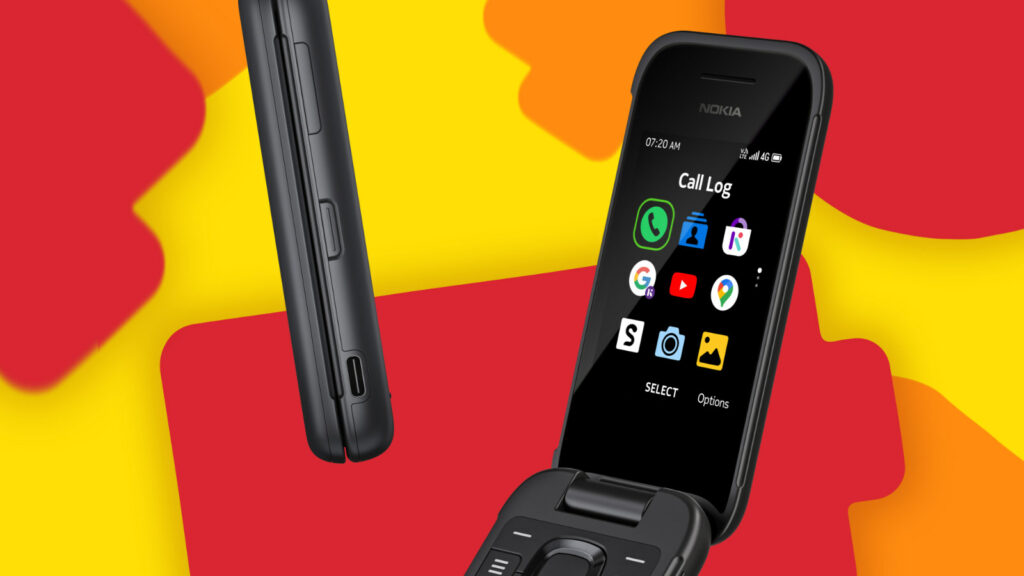After saying that I wouldn’t blog about these, along comes one that is too priceless to ignore. XScreenSaver has been on the Google Play store but was facing deletion unless it included a privacy policy. Since it collected no data, its creators didn’t feel it was necessary, but as Google insisted, they wrote a cracker. […]
Read More… from XScreenSaver’s privacy policy lays bare Google’s disgraceful conduct

